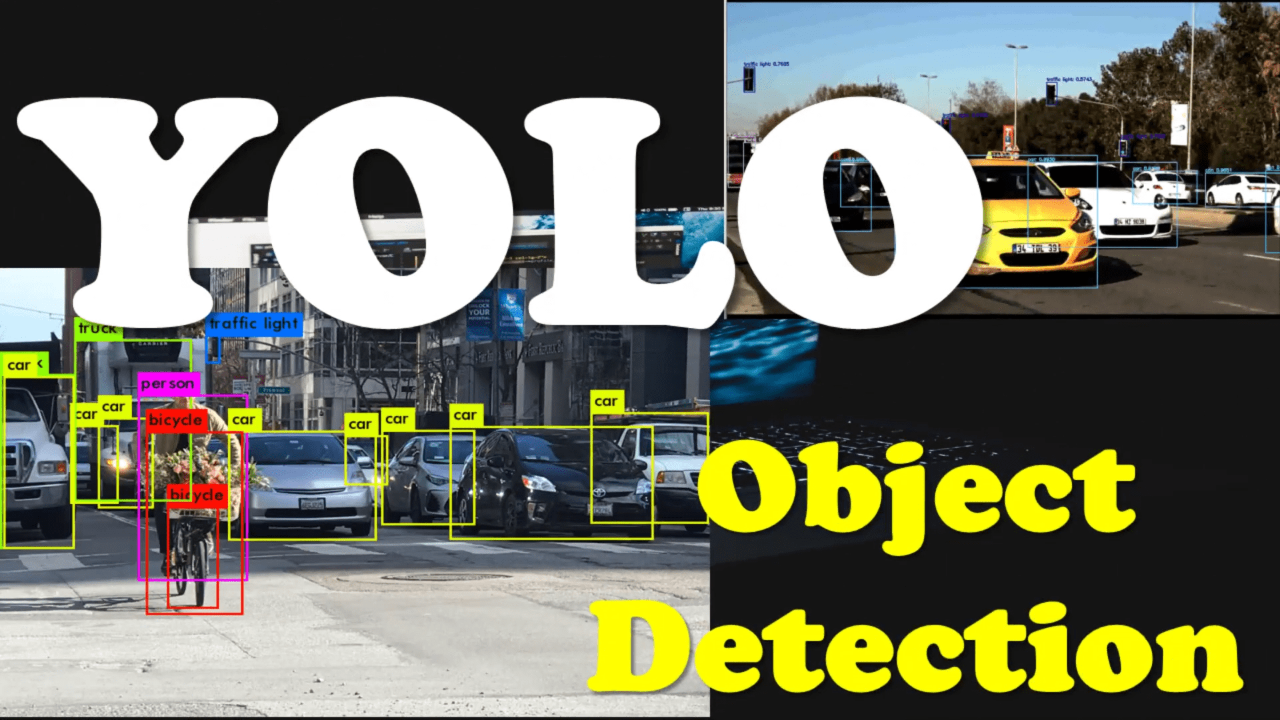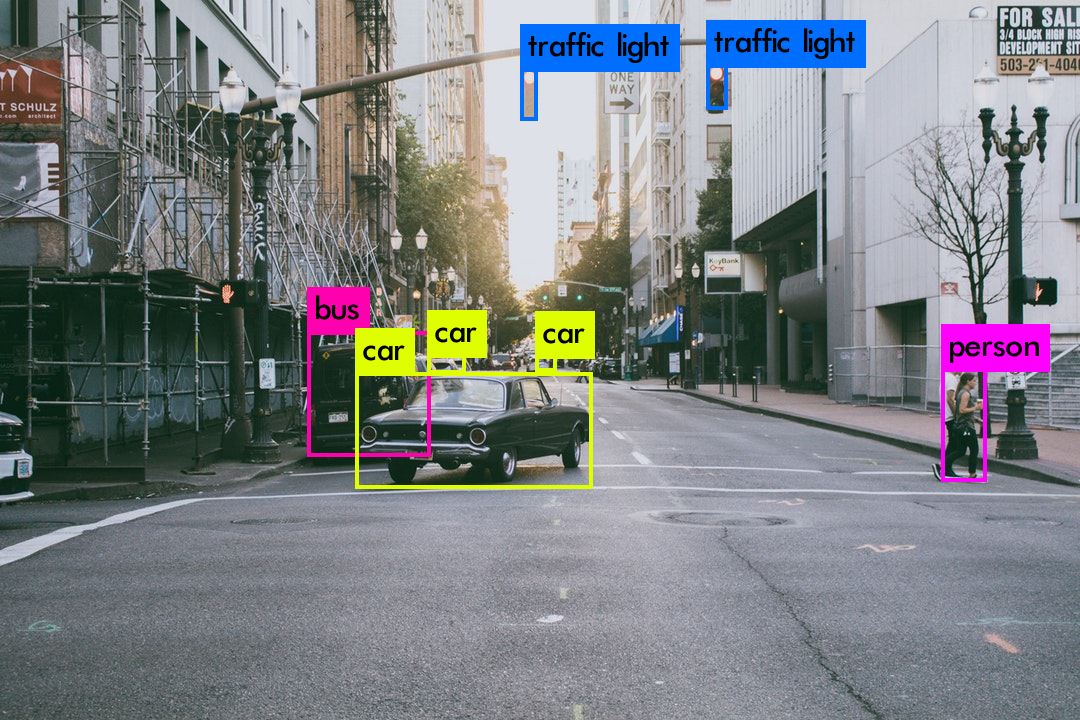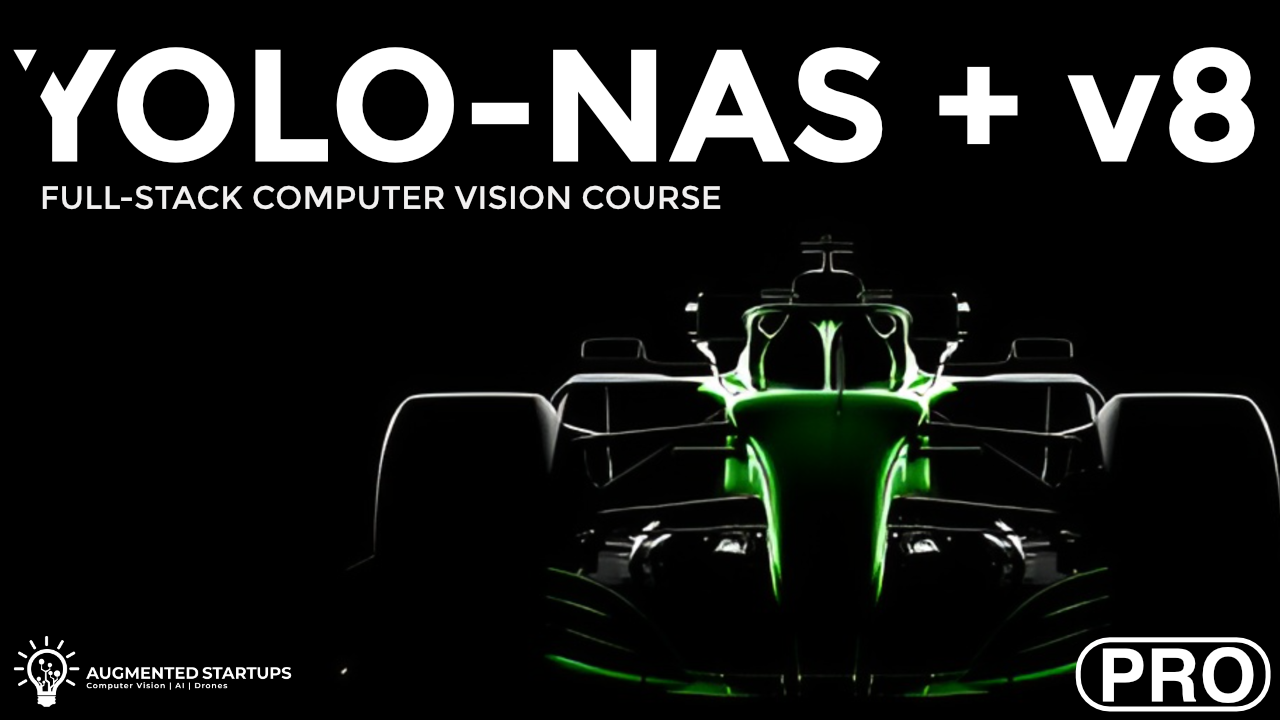YOLO Object Detection: A Comprehensive Guide to Real-Time Visual Recognition
Jul 11, 2023
If you're interested in computer vision and object detection, you may have come across the term "YOLO." YOLO, which stands for "You Only Look Once," is a powerful object detection algorithm that has gained significant popularity in recent years. In this comprehensive guide, we will delve into the world of YOLO and explore its benefits, workings, real-life applications, and evolution.
Introduction to Object Detection
Object detection is a fundamental technique in the field of computer vision that involves identifying and localizing objects within images or videos. Unlike image classification, which focuses on predicting the class of an entire image, object detection goes a step further by providing the precise location of each object using bounding boxes. This ability to detect and locate objects plays a crucial role in various applications, including autonomous vehicles, surveillance systems, and image understanding.
Understanding the Benefits of Object Detection
Object detection offers several benefits in computer vision tasks. By accurately localizing objects, it enables more precise analysis and understanding of visual data. Additionally, object detection can assist in complex tasks such as tracking multiple objects, counting instances, and estimating object sizes. These capabilities have wide-ranging applications, including object recognition, image retrieval, and scene understanding.
An Overview of YOLO
YOLO, an acronym for "You Only Look Once," is a state-of-the-art object detection algorithm that revolutionized the field. YOLO takes a different approach compared to traditional methods by framing object detection as a regression problem. Instead of scanning an image multiple times, YOLO divides it into a grid and predicts bounding boxes and class probabilities for each grid cell in a single pass. This design allows YOLO to achieve remarkable speed while maintaining high accuracy.
How YOLO Works
The YOLO algorithm consists of several key components. It starts with a deep convolutional neural network (CNN) as the backbone, which extracts meaningful features from input images. These features are then used to predict bounding boxes and class probabilities for objects within each grid cell. YOLO utilizes anchor boxes and intersection-over-union (IoU) thresholds to refine the initial predictions and generate the final object detections.
Real-Life Applications of YOLO
YOLO has found extensive applications across various domains. Some notable examples include:
- Autonomous Driving: YOLO helps autonomous vehicles detect and recognize pedestrians, vehicles, and traffic signs, enabling safe navigation on roads.
- Surveillance Systems: YOLO aids in monitoring and securing public spaces by detecting and tracking suspicious activities or objects in real-time.
- Medical Imaging: YOLO can assist in medical diagnosis by identifying and localizing abnormalities or specific anatomical structures in medical images.
Evolution of YOLO: 2015-2023
Since its initial introduction in 2015, YOLO has undergone significant advancements and iterations. Researchers and developers have continually improved the algorithm's speed, accuracy, and robustness. From YOLOv1 to the latest YOLOv8 and YOLO-NAS, each iteration has brought notable enhancements in network architecture, training techniques, and post-processing methods. These advancements have solidified YOLO's position as a leading real-time object detection system.
Conclusion
In conclusion, YOLO (You Only Look Once) is a groundbreaking object detection algorithm that has transformed the field of computer vision. With its unique approach, YOLO achieves real-time object detection with impressive accuracy. Its applications span a wide range of domains, from autonomous driving to surveillance systems and medical imaging. As YOLO continues to evolve, it holds tremendous potential for advancing object detection and enabling new applications in the future.
Ready to up your computer vision game? Are you ready to harness the power of YOLO-NAS in your projects? Don't miss out on our upcoming YOLOv8 course, where we'll show you how to easily switch the model to YOLO-NAS using our Modular AS-One library. The course will also incorporate training so that you can maximize the benefits of this groundbreaking model. Sign up HERE to get notified when the course is available: https://www.augmentedstartups.com/YOLO+SignUp. Don't miss this opportunity to stay ahead of the curve and elevate your object detection skills! We are planning on launching this within weeks, instead of months because of AS-One, so get ready to elevate your skills and stay ahead of the curve!
FAQs (Frequently Asked Questions)
-
Q: How does YOLO differ from other object detection algorithms?
- YOLO differs from other algorithms by performing object detection in a single pass, making it faster and more efficient. It also provides precise object localization using bounding boxes.
-
Q: Can YOLO detect multiple objects in an image?
- Yes, YOLO is capable of detecting multiple objects simultaneously within an image. It can provide bounding boxes and class probabilities for each detected object.
-
Q: Is YOLO suitable for real-time applications?
- Yes, YOLO is highly suitable for real-time applications due to its speed and accuracy. It has been widely adopted in domains such as autonomous driving and surveillance systems.
-
Q: Are there any limitations to YOLO?
- While YOLO offers impressive performance, it may struggle with detecting small objects or objects with extreme aspect ratios. It is important to consider the specific requirements of your application when choosing an object detection algorithm.
From 80-Hour Weeks to 4-Hour Workflows
Get my Corporate Automation Starter Pack and discover how I automated my way from burnout to freedom. Includes the AI maturity audit + ready-to-deploy n8n workflows that save hours every day.
We hate SPAM. We will never sell your information, for any reason.







